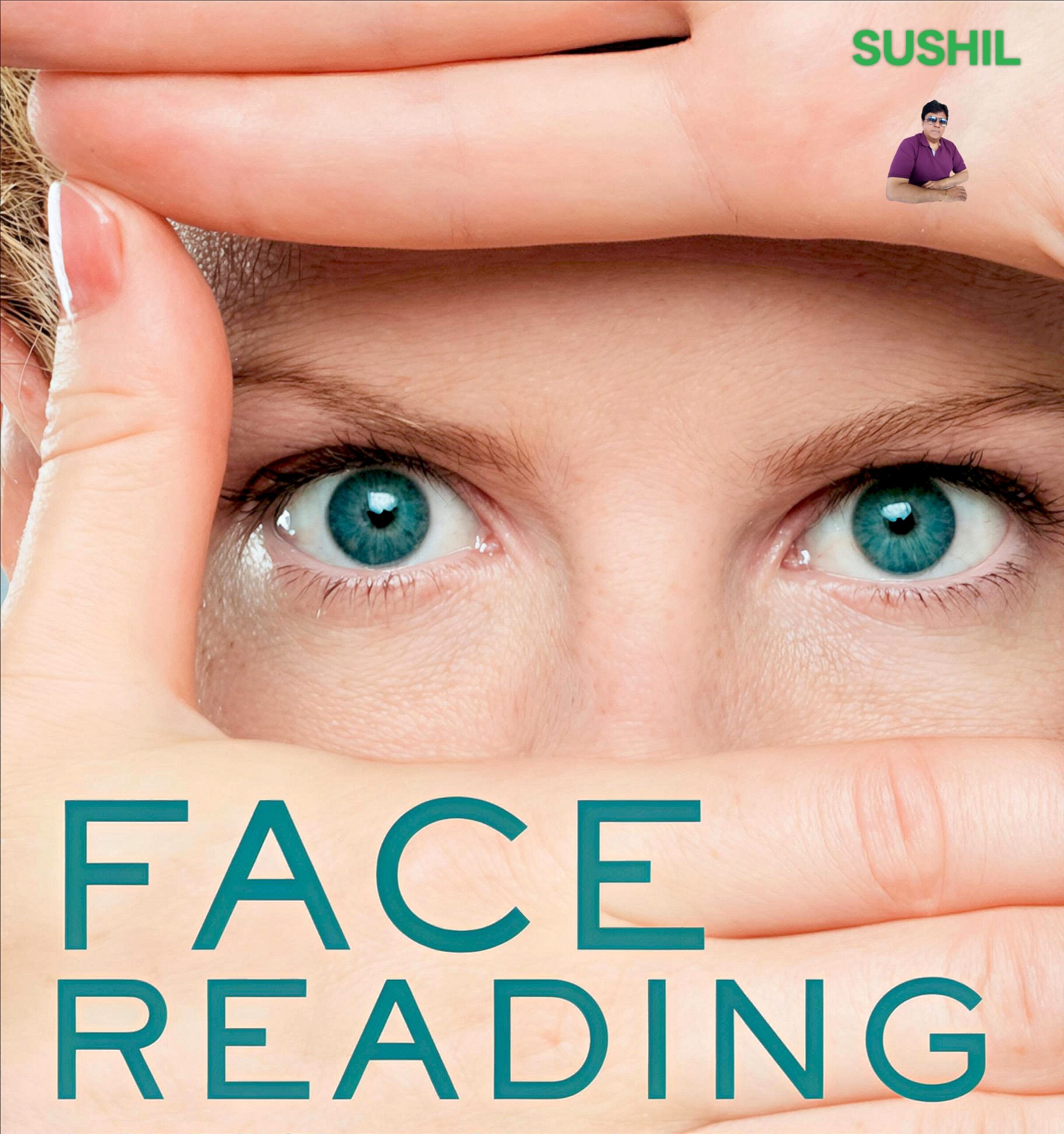
Have you ever met someone and instantly felt like you could read their personality just by looking at them? There’s actually an ancient practice behind this intuition—face reading, also known as physiognomy.
For thousands of years, cultures around the world have studied facial features to uncover hidden aspects of character, emotions, and even destiny. Today, this art blends tradition, psychology, and observation—making it a captivating way to understand people on a deeper level.
In this guide, we’ll explore:
✔ How face reading works (and whether science supports it)
✔ What your forehead, eyes, nose, lips, and jaw say about you
✔ Cultural differences in interpretation (China, India, and the West)
✔ Practical ways to use face reading in daily life
✔ Common myths—what’s true and what’s not
Let’s dive in!
Is Face Reading Real? The Science Behind the Art
At first glance, judging someone’s personality by their face might seem like superstition. But surprisingly, some scientific studies suggest there’s a grain of truth to it.
🔬 What Research Says:
- Facial structure can hint at personality traits—studies link a strong jawline to higher testosterone (often tied to assertiveness).
- Symmetrical faces are generally perceived as more trustworthy (Evolutionary Psychology).
- Microexpressions (tiny facial movements) reveal emotions before we even speak.
However, face reading isn’t an exact science. It’s more about patterns and tendencies than hard facts. Think of it like reading body language—it gives clues, but shouldn’t be the only way you judge someone.
What Your Facial Features Say About You
1. The Forehead: Your Thinking Style
- Wide & High → Big-picture thinker, loves ideas (Example: Inventors, philosophers)
- Narrow → Detail-oriented, practical (Example: Accountants, engineers)
- Wrinkled → Deep thinker, may overanalyze
Fun fact: In Chinese face reading, a smooth, unlined forehead is considered lucky for career success.
2. The Eyes: Windows to the Soul
- Large & Round → Warm, expressive, emotionally open (Example: Oprah Winfrey)
- Small & Sharp → Observant, analytical, cautious (Example: Steve Jobs)
- Deep-Set → Private, thoughtful, strategic
Tip: If someone’s eyes crinkle when they smile (called “crow’s feet”), they’re likely genuine and friendly.
3. The Nose: Ambition & Decision-Making
- Straight & Balanced → Logical, fair-minded
- Hooked or Curved → Strong intuition, good with money
- Upturned (Button Nose) → Playful, optimistic
Cultural insight: In Indian face reading, a straight nose is linked to strong ethics.
4. The Lips: Communication & Emotions
- Full Lips → Outgoing, affectionate, loves to talk
- Thin Lips → Reserved, selective with words
- Wide Mouth → Enjoys storytelling, energetic
Note: Some people naturally have thinner lips—it doesn’t always mean they’re cold. Context matters!
5. The Jaw & Chin: Strength & Determination
- Square Jaw → Persistent, handles pressure well (Example: Winston Churchill)
- Pointed Chin → Creative, sensitive
- Cleft Chin → Charismatic, charming (Example: John Travolta)
How Different Cultures Interpret Faces
🇨🇳 Chinese Face Reading (Mian Xiang)
- Round Face → Kindness, good social skills
- Thick Eyebrows → Strong vitality
- Moles → Depending on location, they can mean luck or challenges
🇮🇳 Indian Samudrika Shastra
- Long Earlobes → Wisdom (like Buddha statues)
- Reddish Lips → Passionate nature
🇺🇸 Western Traditions
- High Cheekbones → Leadership qualities
- Strong Brow Ridge → Analytical mind
Key takeaway: Interpretations vary—always consider cultural context.
How to Use Face Reading in Real Life
💼 Business & Networking
- Hiring? A candidate with a strong, balanced face might handle stress well.
- Negotiating? Someone with soft, rounded features may be more cooperative.
❤️ Relationships
- Opposites attract? A logical thinker (angular features) might balance a creative partner (softer face).
- Watch for: Tight lips or a tense jaw—could mean suppressed emotions.
🧠 Self-Improvement
- If you have a weak chin, practicing confidence can help.
- Thin eyebrows? Experiment with bolder expressions.
3 Big Myths About Face Reading
❌ “People with big noses are greedy.”
✅ Truth: Nose shape relates to decision-making style—not morality.
❌ “Small eyes = Dishonest.”
✅ Truth: They often indicate careful observation.
❌ “Your face determines your fate.”
✅ Truth: It reveals tendencies, not destiny. You always have free will!
How to Start Practicing Face Reading
- People-watch: Observe strangers and guess their traits.
- Study photos: Compare celebrities’ faces and personalities.
- Look in the mirror: What does your face say about you?
Remember: Face reading is a tool for insight, not judgment. Use it to understand, not stereotype.
Final Thoughts: Should You Trust Face Reading?
Face reading is a fascinating mix of art and observation. While it shouldn’t replace real conversation and connection, it can help you notice patterns in behavior and personality.
Try it out! Next time you meet someone, take a closer look—you might be surprised by what their face reveals.

One thought on “Face Reading Secrets: What Your Facial Features Reveal About Your Personality”